Annual bluegrass is a common weed found in lawns and gardens all across the United States, as well as the rest of the world. With its grassy appearance, it can easily blend in with your well-manicured lawn and go unnoticed until you have a serious invasion on your hands. Fortunately, there are some easy ways to identify and prevent this lawn weed.
Keep reading for information on how to spot and treat annual bluegrass, and be sure to call the experts at Simple Lawns for all your weed control and landscaping needs from Portland, Oregon to the Vancouver area!
What Does Annual Bluegrass Look Like?
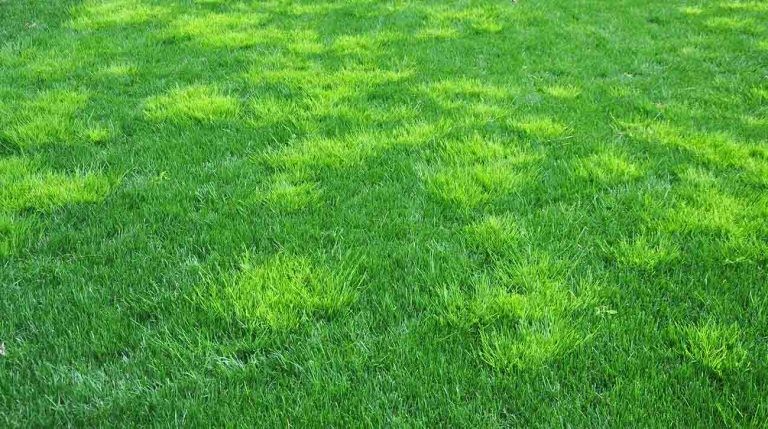
Annual bluegrass, especially young weeds, look almost identical to healthy turfgrass. The leaves of annual bluegrass are long and thin, with a canoe-shaped tip. The leaf blades are rolled up at the edges, which is a key identifying factor for this weed, and you can usually identify this weed by its fast and vibrant growth compared to the surrounding turf. The seed heads of annual bluegrass are very fine and delicate, often appearing as if they have been made out of cotton. A field or yard filled with matured annual bluegrass seed heads also resembles a field of oats. Below are just a few key points to keep in mind when trying to spot annual bluegrass in your lawn:
- Brighter/lighter in color than surrounding grass.
- Taller than surrounding grass.
- Smooth leaves with canoe-shaped tips.
- Leaves are spread somewhat far apart.
- The seed head is very fine and cotton-like.
- Similar in appearance to fields of oat or cotton.
- Growth happens in a bunching pattern.
- Shallow roots can be seen if you pull the weed.
Is It A Grass Or A Weed?
Differentiating annual bluegrass from the surrounding turfgrass can be difficult, especially if the lawn is mostly made up of Kentucky bluegrass. Annual bluegrass has much narrower leaves than Kentucky bluegrass. The leaf blades of annual bluegrass also have a rolled appearance, while the leaves of Kentucky bluegrass are flat. The roots of annual bluegrass are very shallow, while the roots of Kentucky bluegrass can grow up to 6 feet deep. Shallow roots are a notorious feature of most grassy lawn weeds, as they allow the weeds first access to nutrients and water in the soil.
Kentucky Bluegrass

Look For These In Your Yard:
- Produces a seed head
- Perennial
- Deep green color
- Cool-season, desirable grass
- Grows at a normal rate
- Healthy roots
Annual Bluegrass
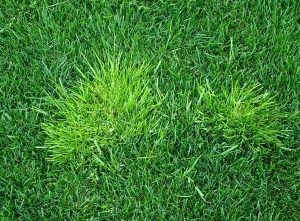
Look For These In Your Yard:
- Produces a seed head
- Annual
- Lighter green color
- Undesirable in all climates
- Quick growth overcrowds lawns
- Shallow, invasive roots
When & Where Does Annual Bluegrass Grow?

Annual bluegrass is often found in lawns that are located in wet or damp areas. This weed loves moist soil and full sun (or partial shade), so it will often grow underneath trees where the water runs off of branches during a rainstorm. It can also be found in flower beds, gardens, and other areas of landscaping. Expect to see this weed popping up in yards when temperatures reach a consistent 70 ℉ or below, which is the temperature needed for germination. From germination, the plant will emerge in fall, go dormant during winter, and finish its life cycle the following spring, when temperatures get warmer.
Annual bluegrass is a common weed in the Pacific Northwest, particularly in Oregon and Washington. The moist climate of this region provides ideal conditions for the growth and spread of this grassy weed. In addition to the typical habitat requirements of annual bluegrass, such as full sun and damp soil, it also thrives in regions with mild summers and moderate winters. This is because during the cold winter months, annual bluegrass does not go dormant or die off like other grasses; instead, it remains alive and springs to life much too quickly in early spring, well before your lawn is established.
How Annual Bluegrass Spreads
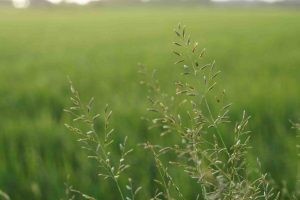
Annual bluegrass spreads primarily by seed dispersal. The seeds are very small and lightweight, making them easy to spread around on windy days. In fact, even the smallest annual bluegrass plants can produce over 100 seeds in as little as 8 weeks. They can also be dispersed by animals like birds, deer, raccoons, or squirrels that may come into contact with or eat the seeds from one area and deposit them in another.
REMEMBER! Annual bluegrass seeds remain viable in the soil for up to 5 years, meaning your lawn may be a ticking time bomb if you do not take measures to prevent the spread of this pesky weed!
How To Treat Annual Bluegrass

When dealing with grassy weeds in your yard, prevention is always your best bet. It can be quite difficult to remove grassy weeds from your lawn without damaging the surrounding turfgrass, so you will want to take steps throughout the year to help your lawn be prepared for an annual bluegrass invasion before it begins. If an invasion has started, or is about to begin, the following steps may help save your lawn.
Hand-Pulling: Pulling weeds by hand is a great way to remove annual bluegrass from Pacific Northwest lawns, as it provides immediate and thorough control without the use of any chemicals. This method can be particularly effective when dealing with small areas or individual plants, but it should not be used for large infestations because pulling the weed may cause some of its seeds to scatter and spread further throughout the lawn.
Cultivation: Cultivating the soil around annual bluegrass plants can help to reduce their population over time by disrupting their growth cycle and making it more difficult for them to establish themselves in a given area. The aim here is to expose as much of the root system as possible so that it does not have enough energy left over after germinating to produce a mature seed head.
Mowing/Trimming: Mowing your lawn regularly before annual bluegrass has reached maturity will help prevent seed formation, and mowing a bit higher than normal can help block sunlight from reaching the weed. Trimming or edging along pathways, sidewalks, and driveways, where annual bluegrass tends to take hold, will also make manual weeding easier due to fewer seedlings present.
Pre-Emergent: Pre-emergent herbicides are a great way to prevent annual bluegrass from ever taking hold in your lawn. These products work by creating a barrier in the soil that prevents weed seeds from germinating. Be sure to apply pre-emergent herbicides in late summer or early fall, before annual bluegrass has a chance to germinate.
Call Simple Lawns: Simple Lawns is a local landscaping company that knows how to keep yards looking great! Our team of professionals uses an integrated approach, involving some methods discussed above and more, to ensure that your turf looks its best year-round. Contact us today for more information about our landscaping services in Portland, Oregon!
Subscribe to Simple Lawns's Blog




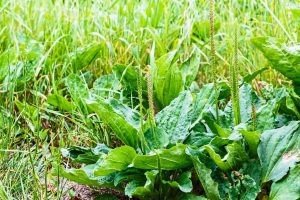
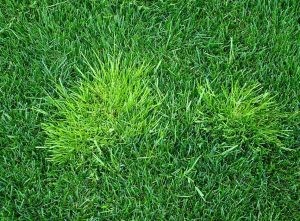
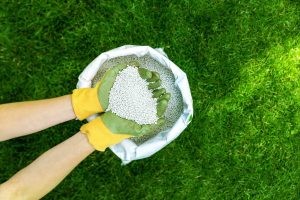

Comments